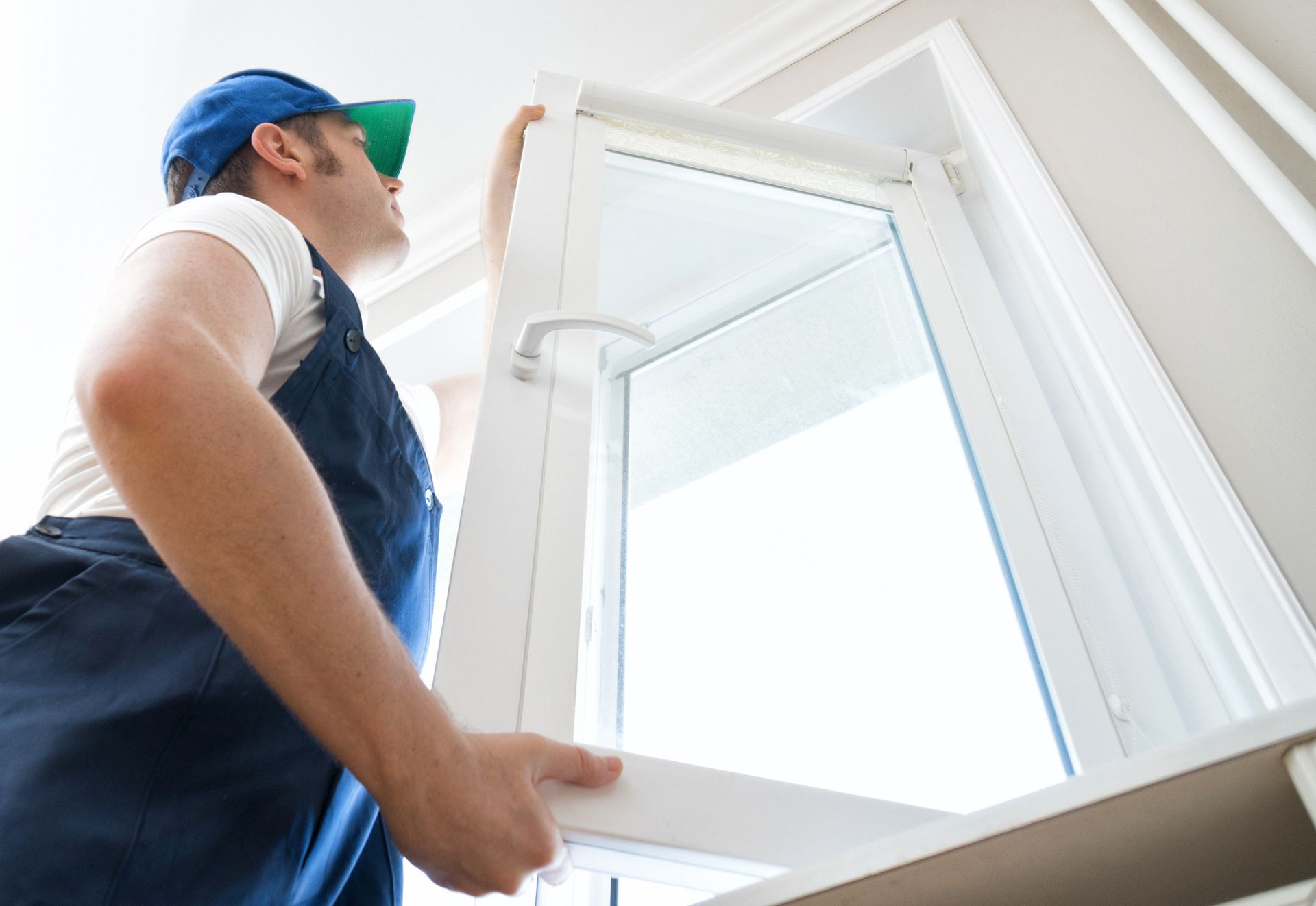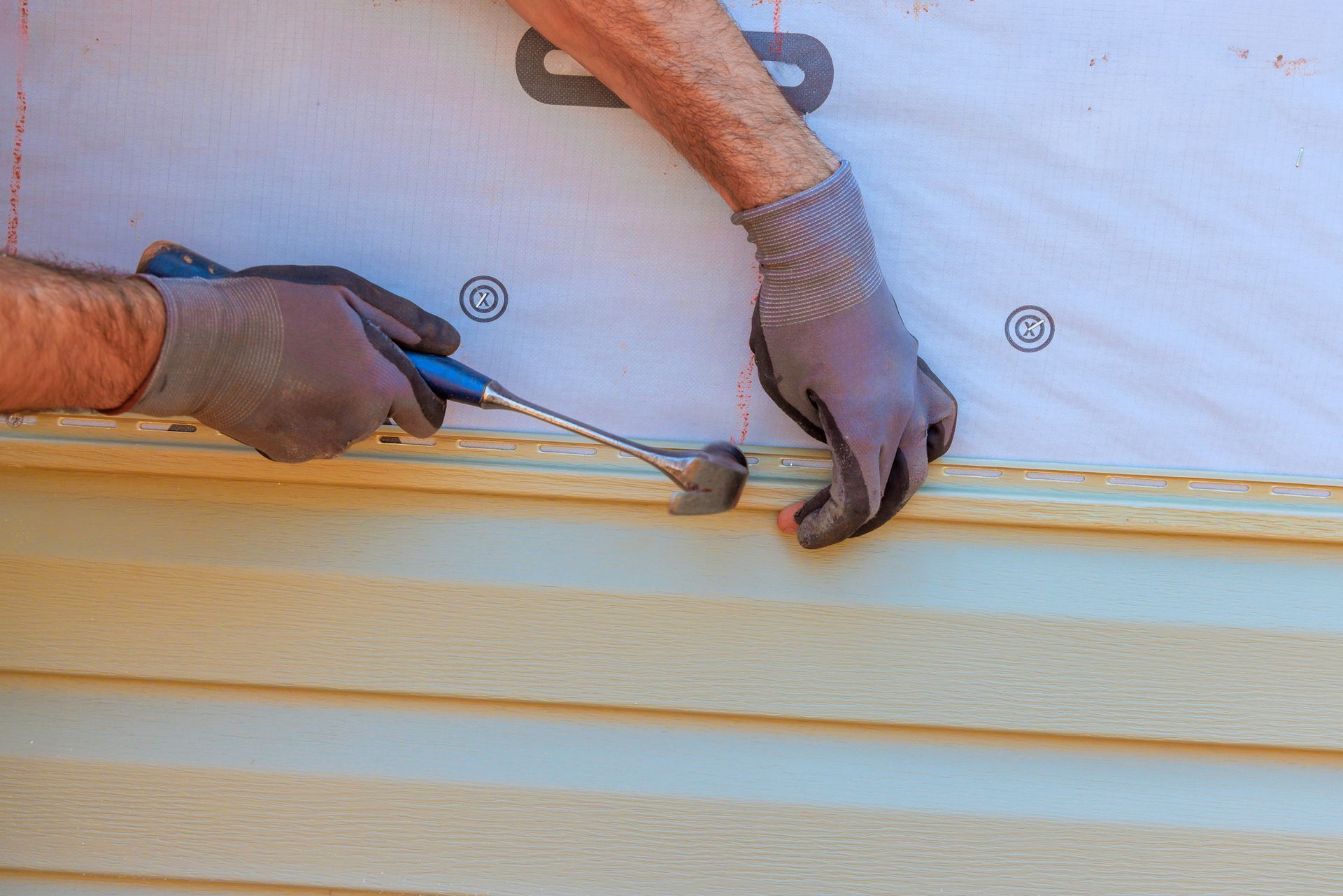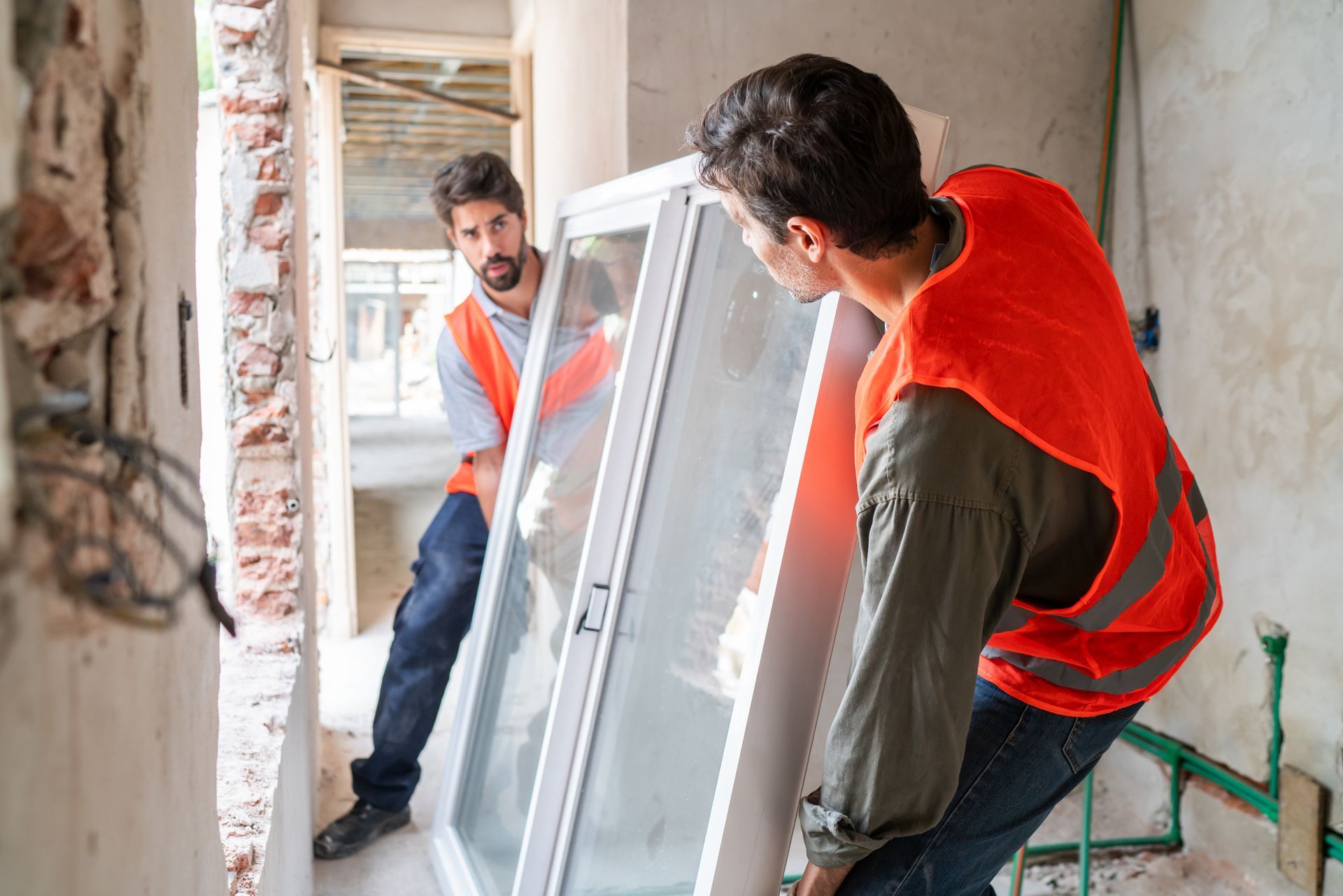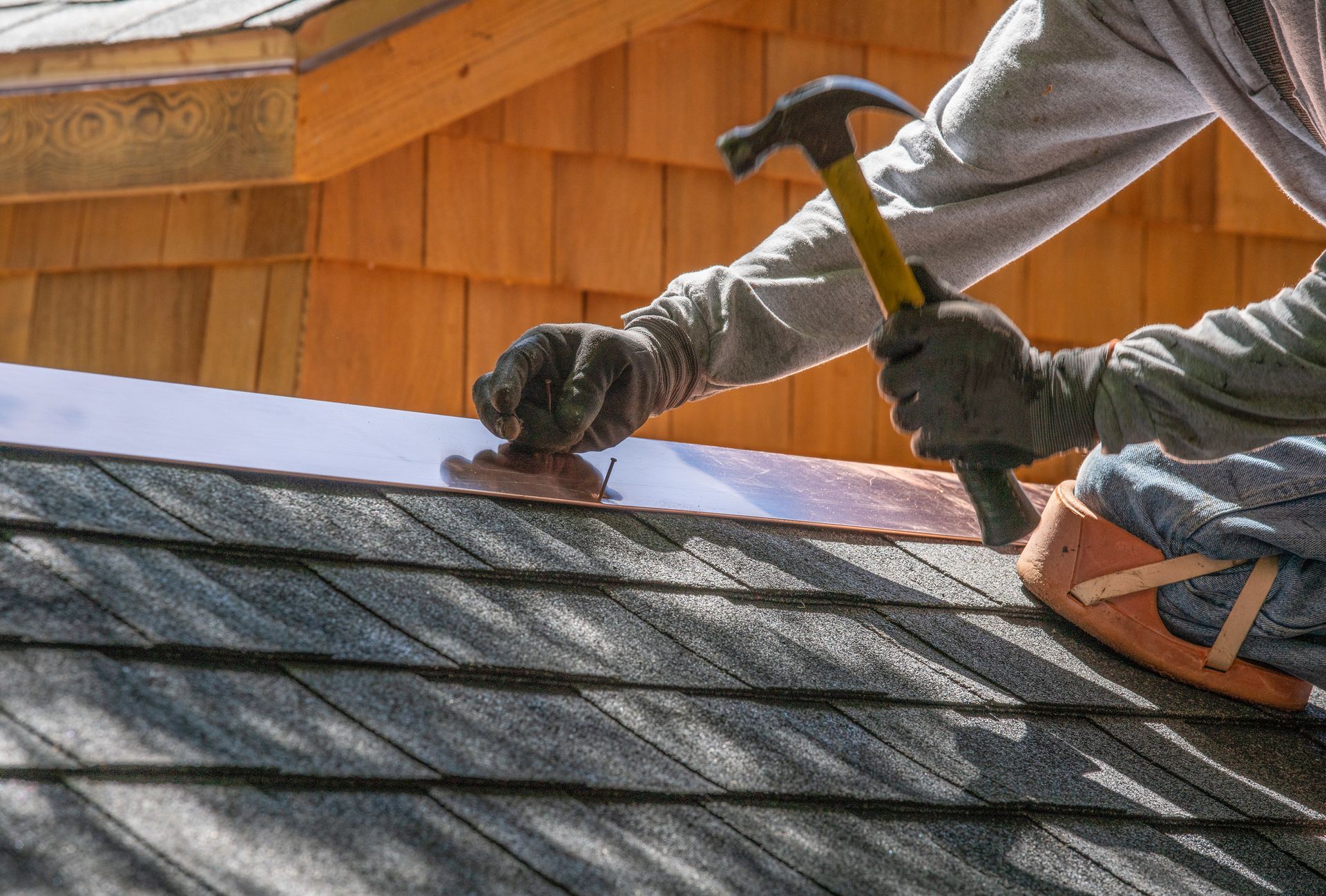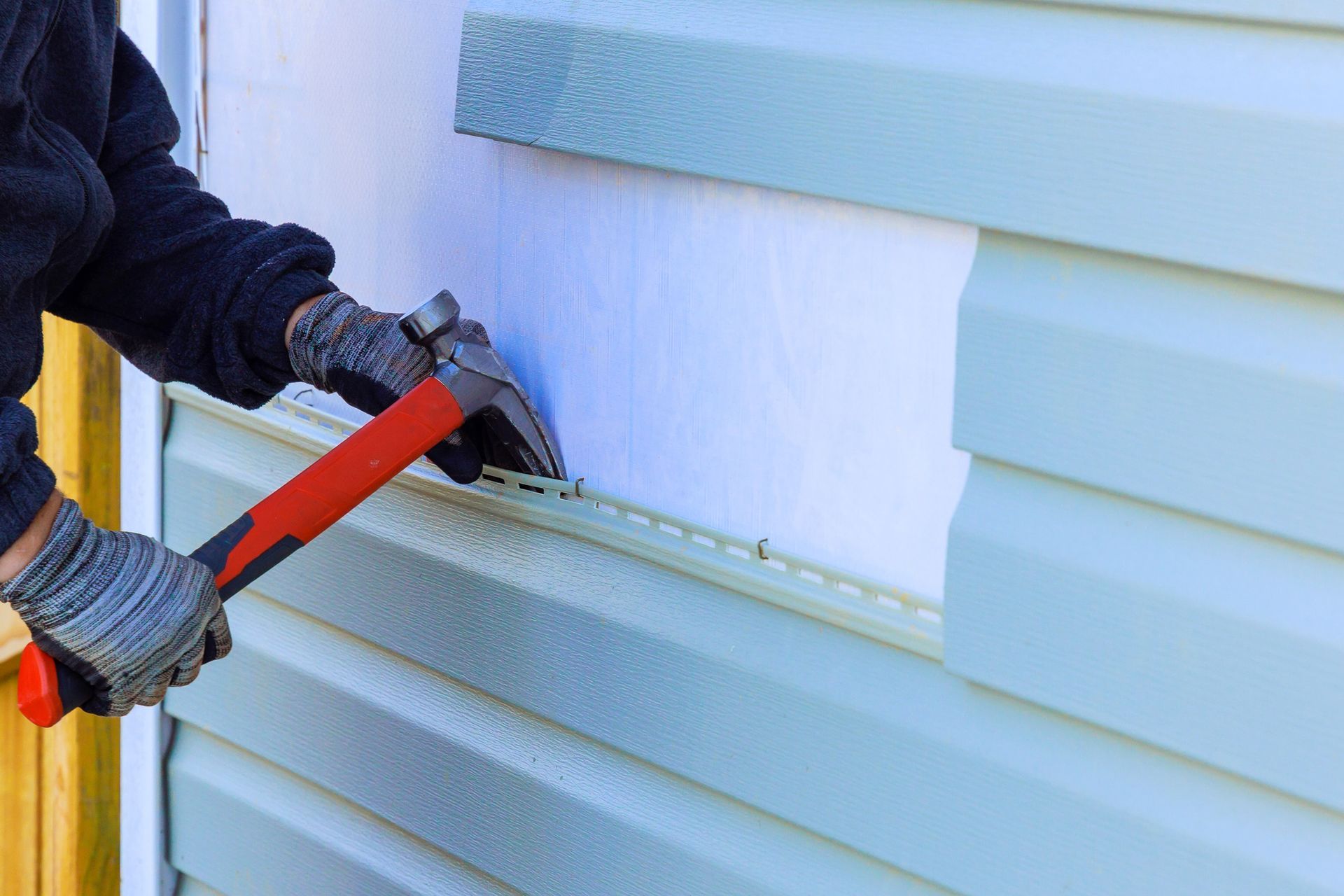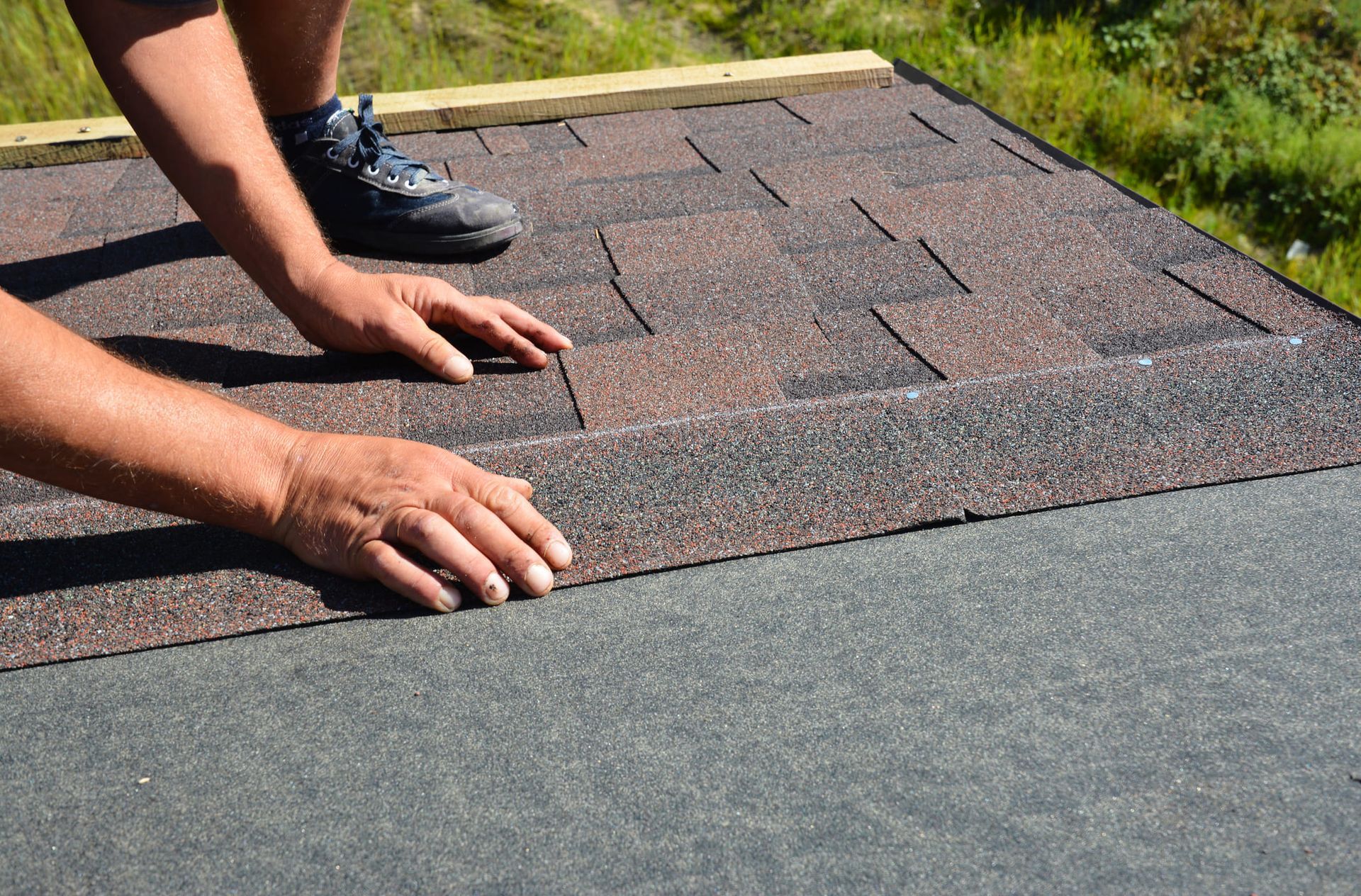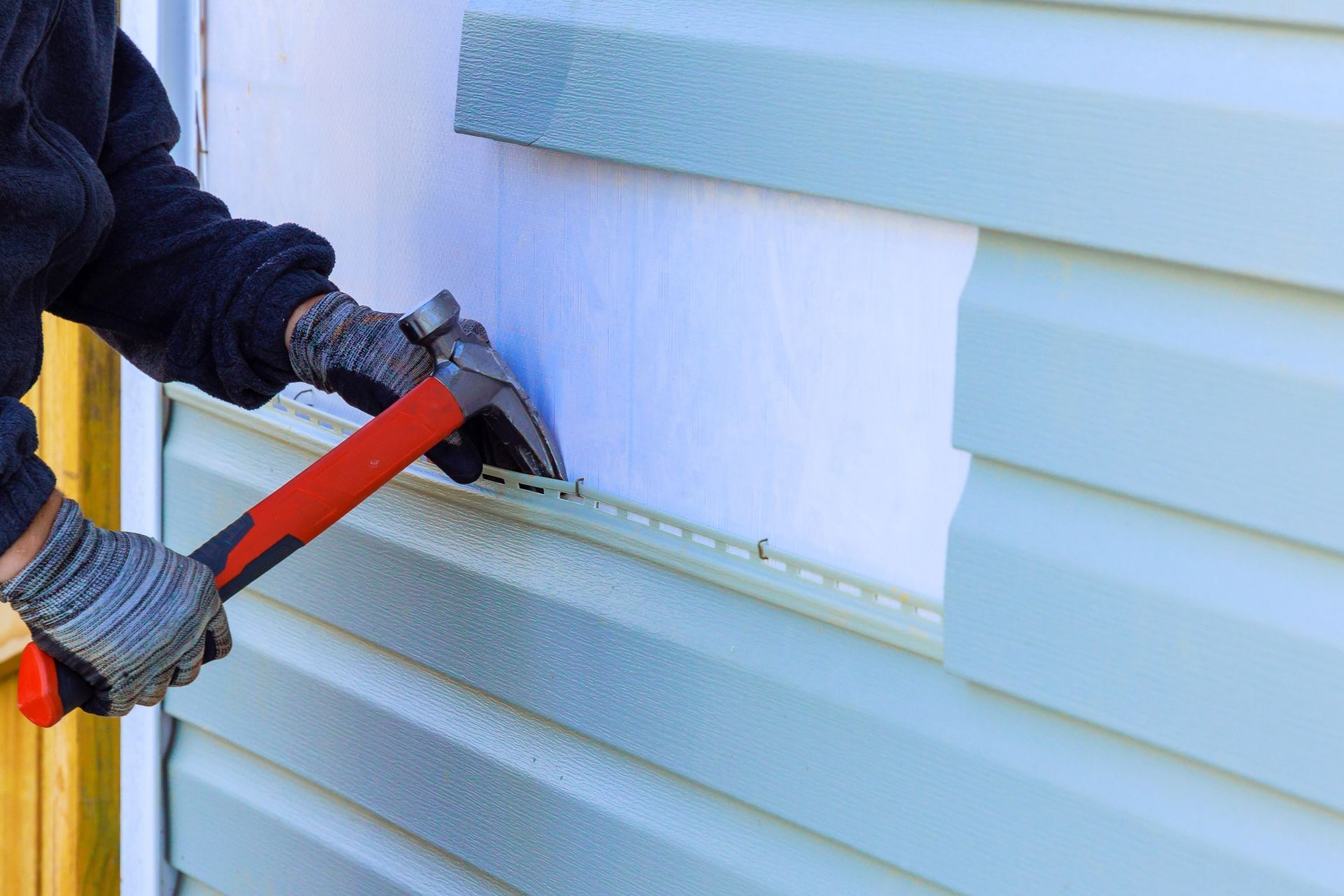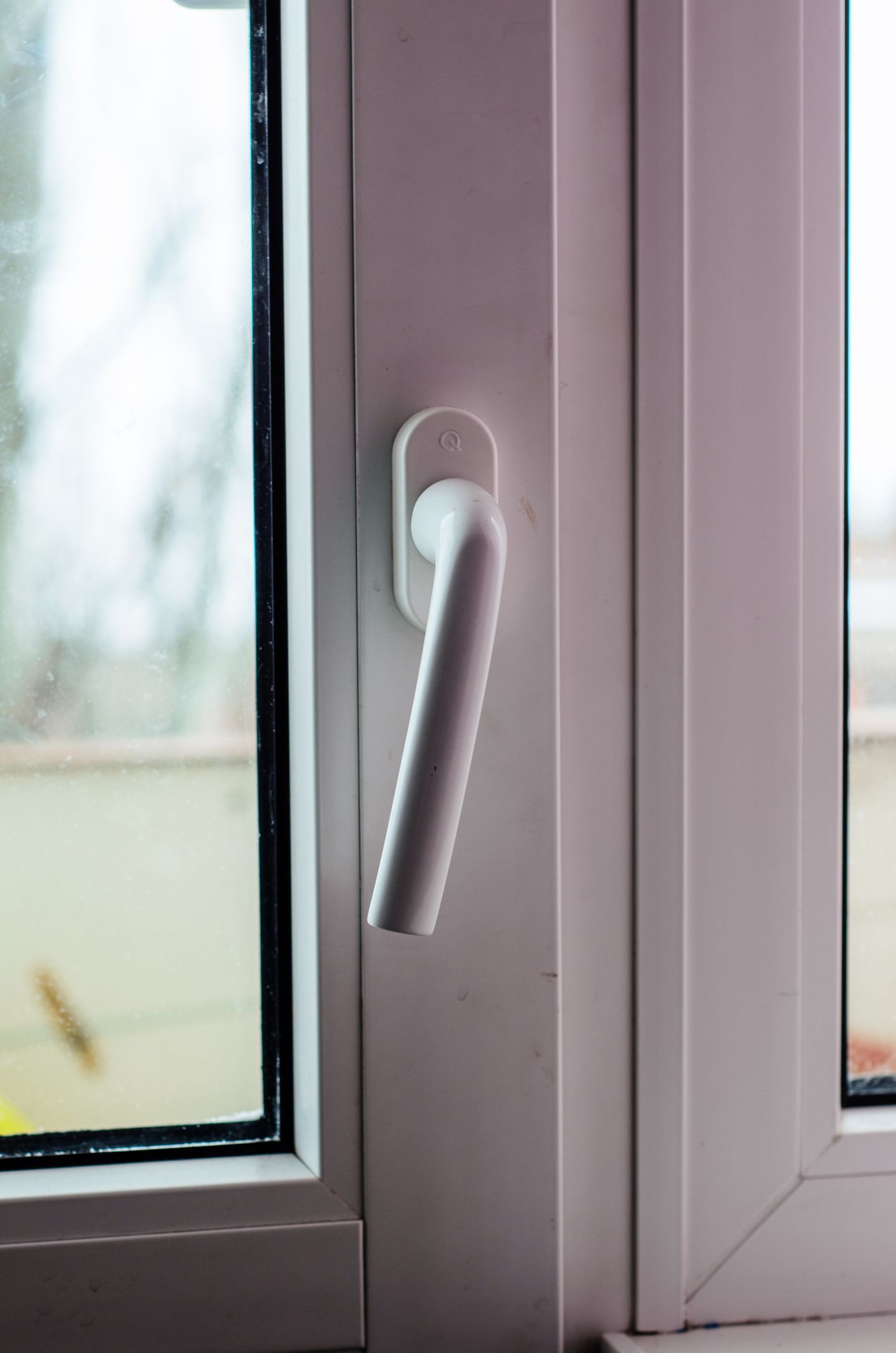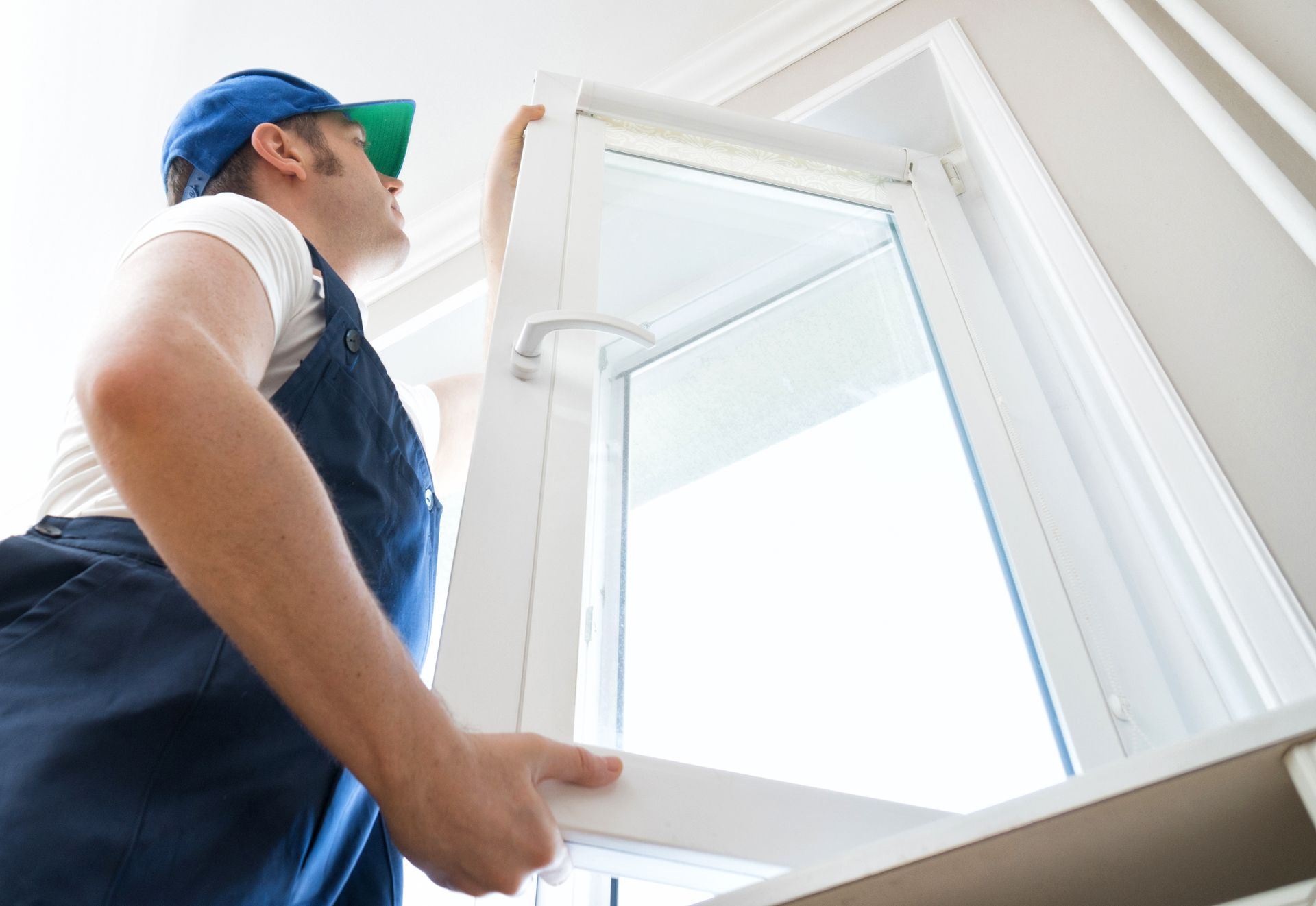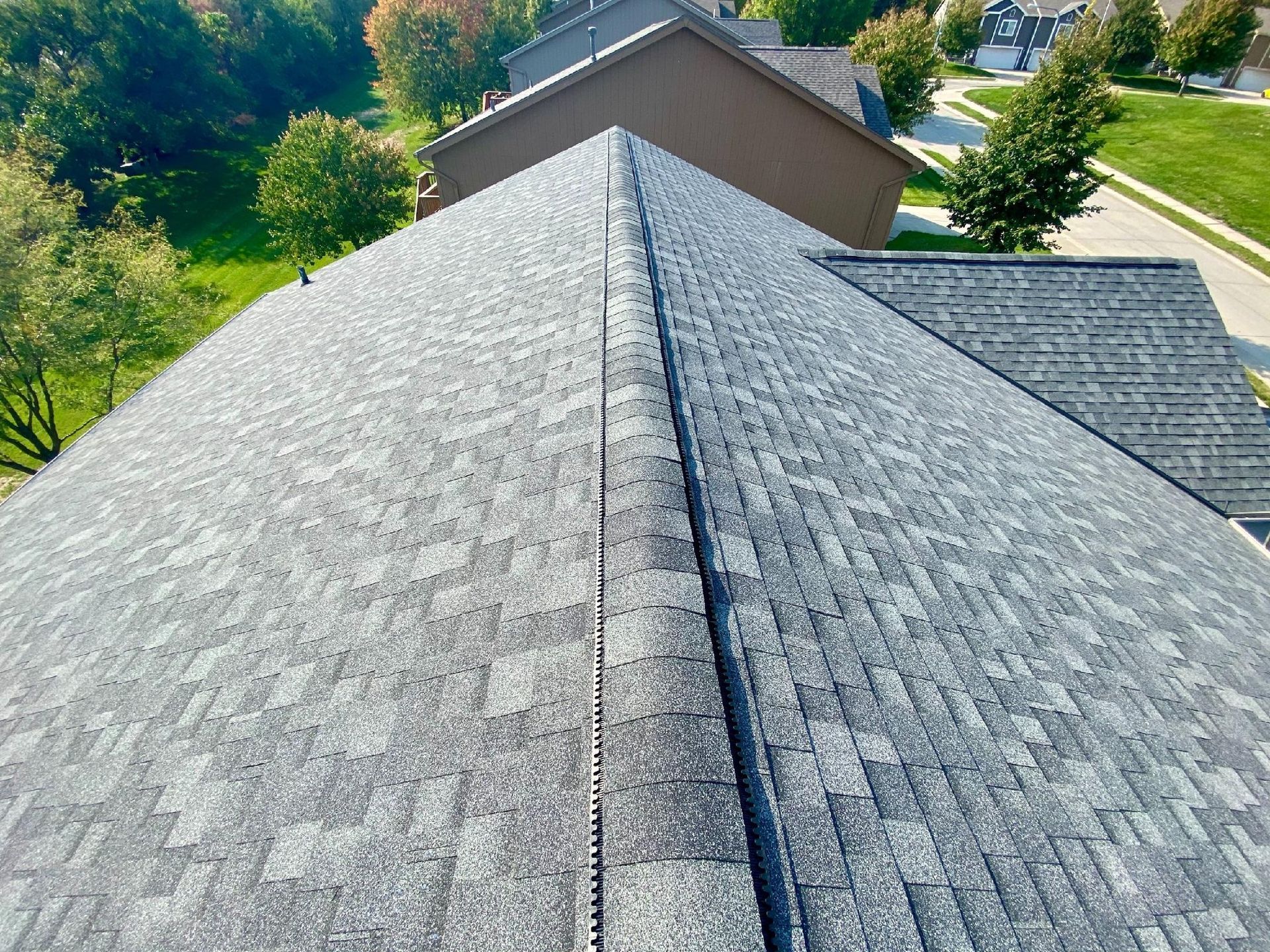Why to Consider Energy-Saving Windows
Whether it is new or somewhere you have lived for years, it is important to consider making your home more efficient with energy-saving windows. You may not realize how much every your windows may be affecting your electricity consumption. About 25%-30% of residential and commercial heating and cooling energy is lost by heat gain and heat loss through your windows. If you are building a new home or if your windows are outdated, it is important to choose energy-efficient windows to save you money on your energy bills. If your current windows are in good condition there are steps you can take to reduce energy loss.
How they work
Thanks to modern technology, there are more resources to manufacture high-efficiency, energy-saving windows. There are three factors that establish the efficiency of energy-saving windows: frame materials, spacers and the type of glass.
There are a variety of options when it comes to window frames. Aluminum is a durable (and recyclable!!) option that can lower heat loss from the metal. A tried-and-true option, wood, insulates well but is not the most durable. Fiberglass is very reliable and low-maintenance. It can also be left hollow or be filled with foam insulation to provide even more energy-efficiency. Like fiberglass, vinyl can also be left hollow or filled with foam insulation. Vinyl can also be reinforced with other materials like wood and metal.
Window spacers are often overlooked but can really affect how much energy you save from heat loss and heat gain. To maintain the preferred distances between frames. Window spacers are an essential part to an energy-saving window. Aluminum is an inexpensive option but often decreases thermal efficiency. Non-metallic spacers reduce heat transfer, insulate the edges of panes, and are overall more efficient.
Energy-efficient glass is necessary to reduce heat loss and heat gain. Low-E (low emissivity) glass is manufactured with invisible tinting and coating that reflects UV and infrared light. Multi-pane glass and gas fills are another option to construct a more energy-efficient window. Double-pane glass is filled with non-toxic gasses (like argon or krypton) to reduce energy transfer from one side to the other.
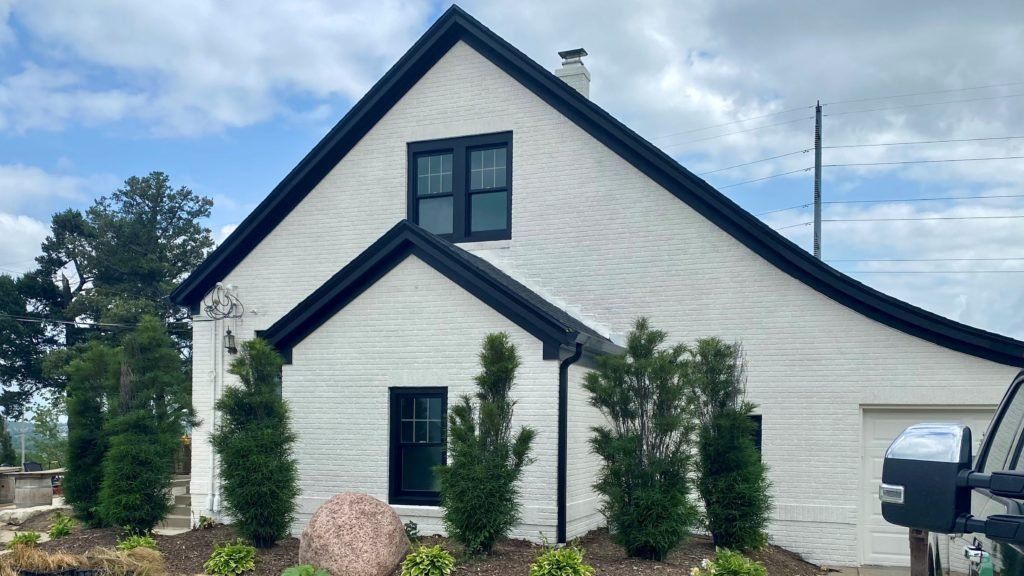
Update or Replace?
If your current windows are in good condition, there are cost-effective options to help improve your window’s efficiency:
– Check windows for air leaks
– Apply caulking and weather stripping
– Apply window treatments, films or coverings
– Add storm windows/panels
– Add exterior shading such as awnings, exterior blinds or overhangs
If you replace your window, keep in mind the three factors that provide optimal energy efficiency: frame materials, spacers and the type of glass.
Criteria for inspections
The NFRC ( National Fenestration Rating Council ) is a non-profit organization that conducts the independent testing and certification of energy efficiency windows, doors and skylights. Although they do not distinguish between “good” and “bad” windows, the NFRC labels windows with an “ Energy Star ” label that pass the inspection. The inspection is broken down into five categories:
- U-Factor: The rate of heat loss
- Solar Heat Gain Coefficient: Solar energy transmitted by the window itself
- Visible Transmittance: The amount of light that is let through a window
- Condensation Resistance: How well a window can hold up against water build-up
- Air Leakage: Measures the cubic feet of air that travels through one square foot of window area per minute
Ready to upgrade your windows? Reach out to the pros at Siefken Contracting to further discuss!

